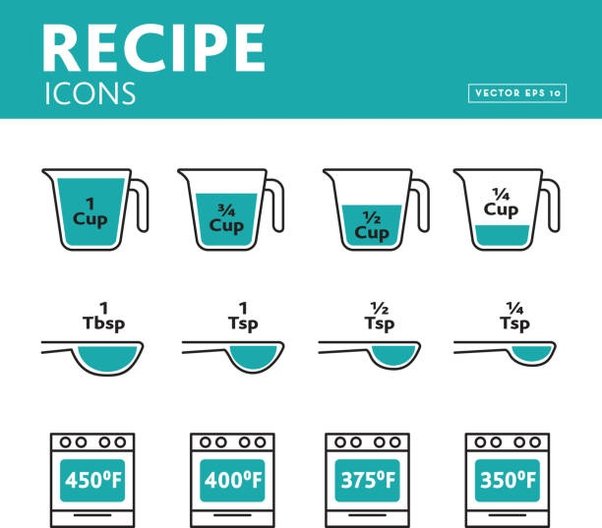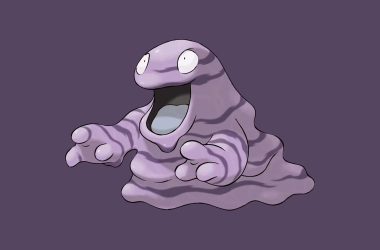Hello and welcome back to NaijaCloud, Today we are going to look at how to make 2/3 cup with 1/4.
When it comes to baking or cooking, precise measurements are essential for achieving the perfect result.
However, not everyone keeps a complete set of measuring spoons and cups on hand, and occasionally a recipe will call for an amount that isn’t compatible with the tools you have on hand.
For example, what do you do when a recipe calls for 2/3 cup, but all you have is a 1/4 cup measuring cup?
Don’t worry; I’ve got you covered. Lol
In this post, I will show you how to make 2/3 cup with 1/4 using simple math.
The Math
Before we get started, you need to understand the math and the science behind this mystery.
To make 2/3 cup with 1/4, you will need to use some basic math. First, you need to know that 1/4 cup is equal to 0.25 cup.

Next, you need to determine how many 1/4 cups makeup 2/3 cup. To do this, you can divide 2 by 3, which equals 0.6666667.
Now, you need to find out how many 1/4 cups are in 0.6666667 cups. To do this, you can divide 0.6666667 by 0.25, which equals 2.6666668.
So, to make 2/3 cup, you need 2 and 2/3 1/4 cups.
How To Make 2/3 Cup With 1/4
Now that you understand the math, let’s go over how to make 2/3 cup from 1/4 cup.
- Get your 1/4 cup measuring cup and a liquid measuring cup that can hold at least 2 cups.
- Fill the 1/4 cup measuring cup with water up to the top.
- Pour the water from the 1/4 cup measuring cup into the larger measuring cup. Repeat this step two more times until you have filled the larger measuring cup with a total of 2/3 cup of water.
- You now have 2/3 cup of water. Use this water in your recipe as needed.
If the steps above aren’t clear, I have attached a YouTube video that you could check out below. It had broader methods for easier understanding.
Tips and Tricks
Here are some additional tips and tricks to keep in mind when making 2/3 cup with 1/4:
- If you don’t have a 1/4 cup measuring cup, you can use a tablespoon instead. Four tablespoons equal 1/4 cup.
- Keep in mind that this technique only applies to liquids. Dry ingredients like flour and sugar require a different method of measurement.
- Make sure your measuring cups are level before you fill them with water so you don’t make a mistake.
- If your recipe calls for a large amount of 2/3 cup, consider using a larger measuring cup or a bowl instead of a 2-cup measuring cup.
FAQ
Can I use this method to measure dry ingredients?
No, this method is only suitable for measuring liquids. To measure dry ingredients, you will need to use a different method, such as a kitchen scale or measuring spoons.
What if I don’t have a 1/4 cup measuring cup?
You can use a tablespoon instead. Four tablespoons equal 1/4 cup, so you can use this conversion to measure out the water you need.
Do I need to use water to make 2/3 cup with 1/4?
No, you can use any liquid that your recipe calls for. Just make sure to use the same liquid throughout the recipe for consistency.
What if I need more than 2/3 cup?
If your recipe calls for more than 2/3 cup, consider using a larger measuring cup or a bowl instead of a 2-cup measuring cup.
You can use the same method outlined above to determine how many 1/4 cups you will need to reach your desired measurement.
What if my measuring cups aen’t accurate?
If you want your recipe to turn out right, you need to use accurate measuring cups.
If you suspect that your measuring cups may not be accurate, you can test them by filling them with water and weighing the water on a kitchen scale.
One cup of water weighs 8 ounces, so you can use this conversion to check the accuracy of your measuring cups. If they are not accurate, consider replacing them with new ones.
Conclusion
In conclusion, making 2/3 cups with 1/4 is a simple task that can be accomplished with a few easy steps.
First, measure out 1/4 cup of any desired ingredients and double the amount. Secondly, if necessary, use a measuring spoon to bring the increments down to 2/3 cup.
Finally, add all ingredients together and mix thoroughly until the desired consistency is achieved. This process works for both dry and wet ingredients alike.










